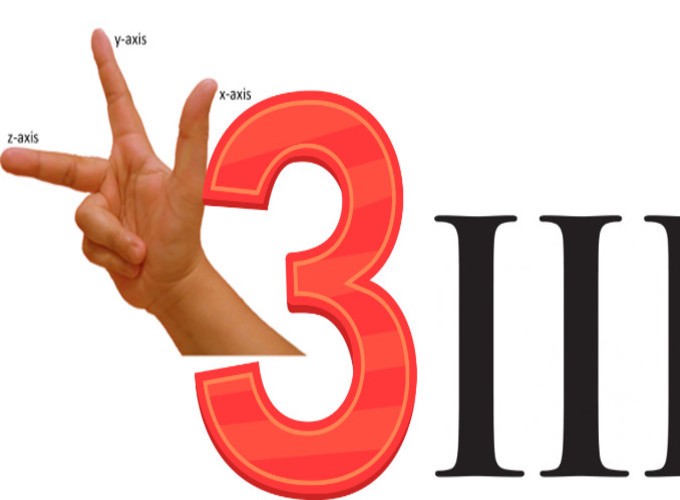Table of Contents
Overview
In Part 2 of this series we introduced the Atomic Information Resource (AIR) data model of the AtomicDB database management system. In this part we present a simple but extensive example on various representations of number three using the poweful Mathematica functions and the unique features of Mathematica notebooks. We relate these with the three-faceted abstraction mechanism in S3DM/R3DM.
1. Functional Representation of Number 3 - The Sign (Representation)
Functional representation is the core operation of R3DM. Everything is represented as a function that is mapping values from one domain to another. You may view functions, as transformations. This is also how they operate in Wolfram Language. They transform expressions from one symbolic form to another.
In this section we investigate the various forms that a symbol related to number ‘3’ can take. In R3DM this is the sign that is used to signify something at a higher level and at the same time it is used to symbolize an internal representation, a realization.
- Display Format
- Internal Representation
- String vs Symbol Representation
- String vs Numeric Representation
- Entity Representation
2. Interpretation of “three” or 3 - The Signified (Resource)
The Wolfram Language provides a uniform mechanism, the Interpreter function, for specifying how input of different types should be interpreted. Interpretations can involve either structural or semantic conversions. The strings that appear in $InterpreterTypes are the possible first arguments to Interpreter.
Generally speaking interpretation is closely related with the assignment of meaning to any expression or concept. But in computer science an interpreter is a computer program that executes instructions. In Wolfram Language the interpreter is involved in the evaluation of an expression. In R3DM any interpretation is directly linked to the signified, the semantics of any information resource. In this section we define our own interpretations:
- Interpretation of a unicode string e.g. “τρια” as 3
- Interpretation of a numeral e.g. “III” as 3
- String vs Interpretation
- Evaluation of an expression with user-defined interpretations
3. Storage of ‘3’ - The Signifier (Realization)
Finally in this section we elaborate on the analysis of data types and the encoding, decoding mechanisms to store various representations of ‘3’. First we will compare atomic and complex data types. We can view data types as containers of a specific type of content:
- The Container (Form) - Content (Value) Duality
- Encoding and Decoding of Container - Content
We present an Image container (symbol) realized in Mathematica as a raw array of bytes (visual representation), and a Sound container (symbol) realized in Mathematica as a list of sound amplitude levels samples (aural representation).
Mathematica Notebook
Here is the full article printed from this Mathematica Notebook
